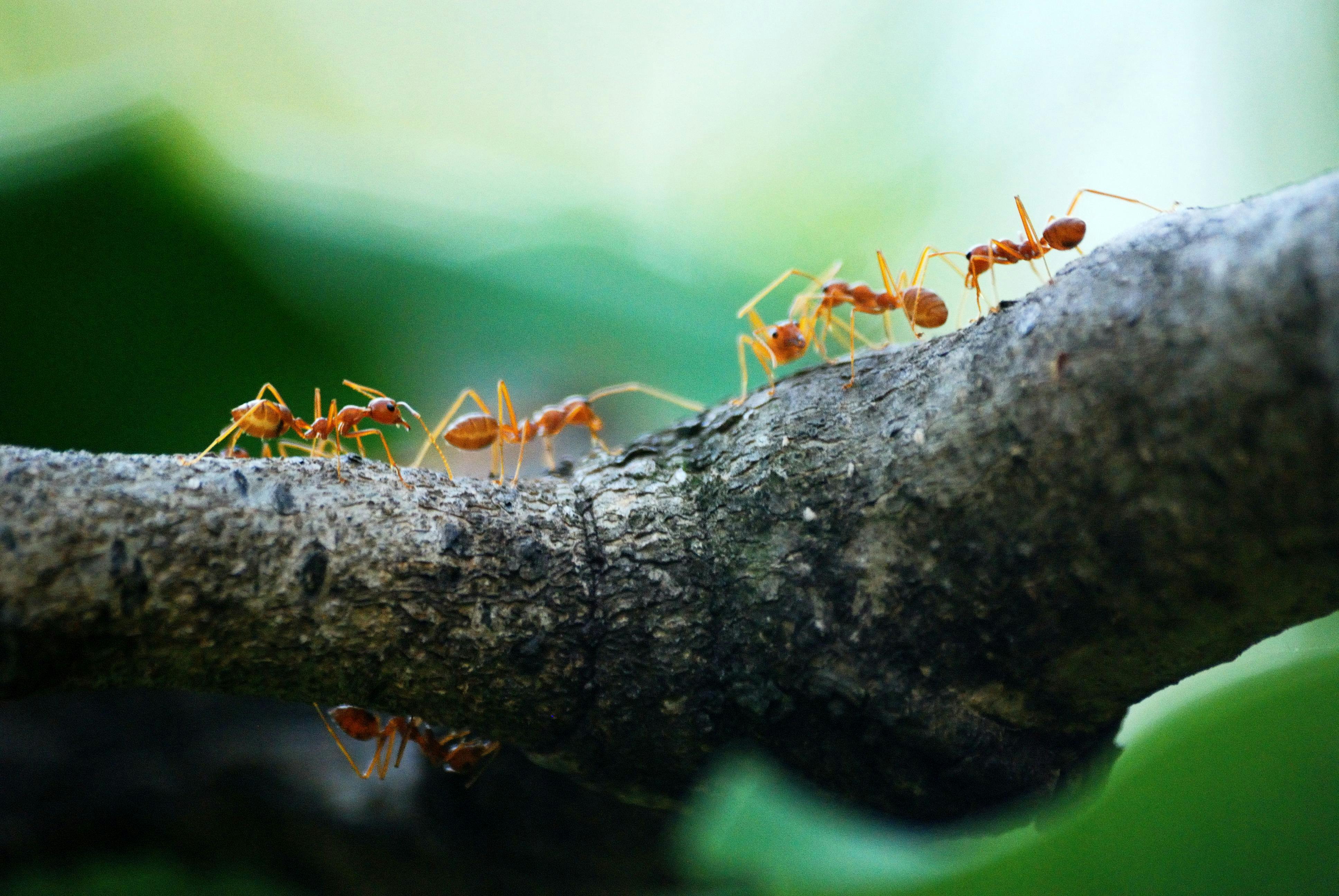An Insight into the Fascinating World of Ant Farms and their Endless Possibilities
Introduction: Ant Farms are not just children's toys anymore. They are emerging as an exciting hobby for adults, becoming a fascinating window into the complex world of these industrious creatures. This article will delve into their intriguing history, current trends, market implications, and why they make for an interesting pet choice.

The Genesis of Ant Farms: A Historical Overview
The concept of Ant Farms, also known as formicariums, dates back to 1900 when French entomologist Charles Janet built the first one. However, it was in 1956 when Milton Levine, inspired by a picnic, envisaged the idea of making an Ant Farm into a toy. He founded the company Uncle Milton Industries, which commercialized Ant Farms, creating an educational tool for children to observe ants’ social behavior.
Current Landscape: From Toys to Trending Hobbies
Ant Farms have evolved from being mere children’s toys to an engaging hobby for adults. The trend has been fueled by advancements in technology, leading to more complex and visually appealing designs. As a result, ant keeping has become an exciting pastime for many adults, who find the complexity of ant societies fascinating. There are now even online communities and forums dedicated to ant keeping, where enthusiasts share their experiences and advice.
Market Implications and Price Range
The growing interest in ant keeping has led to a surge in the market for ant farms. Besides the traditional sand-filled models, there are now a variety of options available, ranging from gel-based farms to high-end acrylic habitats with intricate tunnel systems. Depending on the complexity and quality of the design, prices can range from as low as $15 for basic models to over $100 for premium versions.
The Fascinating World Within: Why Ant Farms?
Ant Farms offer a microcosm of an ant colony’s life, showcasing their complex social structure and industrious nature. Watching ants work tirelessly, digging tunnels, and communicating with each other can be both therapeutic and educational. It provides invaluable insights into their world, teaching lessons of teamwork and perseverance.
The Future: Personal Ecosystems and Biodome Ant Farms
The future of ant farms looks promising, with innovative designs pushing the boundaries. Biodome Ant Farms are a perfect example of this, combining ant keeping with a live plant ecosystem. The ants help maintain the plants by aerating the soil and providing nutrients, showcasing a symbiotic relationship in a self-sustaining environment.
In conclusion, ant farms have come a long way from being a simple children’s toy. They offer a unique and engaging way to observe and learn from one of nature’s most industrious creatures. As the trend continues to grow, who knows what exciting developments lie ahead in the world of ant farms.




